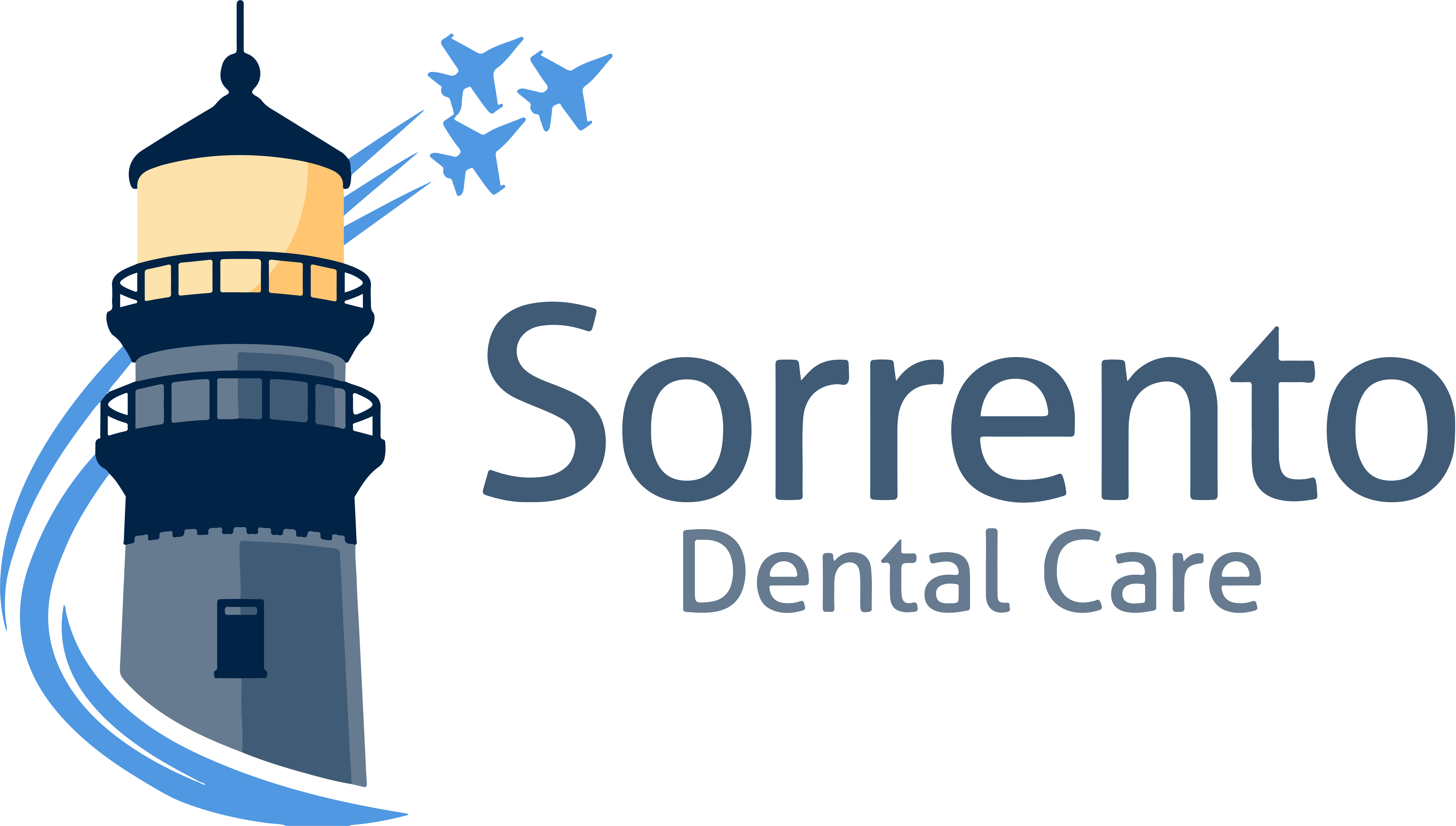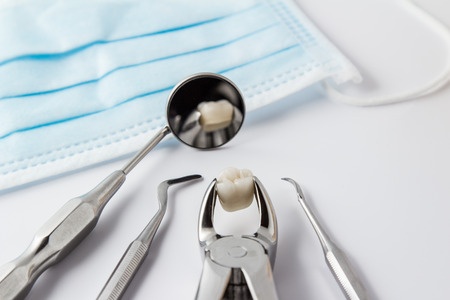An extraction is the removal of a tooth. Some extractions are “simple”, and others are “surgical”. Teeth are held in the jawbones by the attachment of ligaments and gum tissue. When dentists extract a tooth, they are detaching it from those connecting tissues and removing it from the jawbone.
Why Are Extractions Necessary?
Extractions are necessary to remove the threat of dangerous infections in the body. When a tooth has a poor or hopeless long-term prognosis, extracting it is the only way to ensure no long-term problems develop.
There are several scenarios that give a tooth a poor or hopeless long-term prognosis:
- A cavity so large that there is not enough healthy tooth structure left over to support a crown
- Severe gum disease that has destroyed all of the surrounding bone
- A crack that spreads onto the root of the tooth
- A cavity located in an area of the tooth that is impossible to keep clean and cavity-free (for example, on the root surface below the gums)
How Extractions Work
As we stated earlier, the dentist detaches the tooth from its connection to the jawbone. The simplest explanation is that we make the tooth loose by applying pressure to it. Through three dimensional x-ray technology, we know the exact structure of the tooth’s roots, and we use that knowledge to apply the right pressure.
Ironically, the healthier the structures around the tooth are, the more difficult the tooth is to extract. When disease has eroded the gum and bone around a tooth, it is actually very simple to extract.
The Extraction Process
During a tooth extraction, you should feel no pain! We use local anesthetic to make the entire area around the surgical site completely numb. This numbness does not remove the sensation of pressure, though.
As the dentist works to remove your tooth, you may feel pushing or pressure. If you feel any pain at all, you simply tell us, and we will do whatever is necessary to make you comfortable. Sometimes that involves adding more local anesthetic, and sometimes it simply means taking a break from the pressure.
If the thought of a tooth extraction makes you anxious, we can provide anti-anxiety medication, which is preferable to being sedated during the extraction.
Healing from a Tooth Extraction
Following your dentist’s post-operative instructions closely is the most important step in the healing process. In order to heal properly, the socket (which previously held the tooth’s roots) must fill with blood and form a clot. Most of your post-op instructions are aimed at protecting that blood clot.
A blood clot from an extraction socket that dislodges or dissolves leads to a condition known as “dry socket”. Dry socket is extremely painful and usually preventable. These important post-op instructions work to lower your risk for dry socket. The first two protect against dislodging the blood clot with a sucking force, and the next two protect against dissolving the blood clot with fizzy drinks or alcohol.
- No drinking through straws
- No smoking
- No carbonated drinks
- No alcoholic drinks (including mouthwash with alcohol)
Smoking, trauma, using straws, and poor oral hygiene have all been demonstrated to increase your risk of dry socket. So be sure to follow these instructions closely!
Another important aspect of healing involves supporting your overall immune health. Make sure to eat a healthy, balanced diet that is low in sugar while you are healing from any surgery!
Extraction Alternatives
Sometimes a tooth has a slightly better prognosis even though it has a dangerous infection. When the nerve and blood vessel tissue in the hollow chamber of a tooth become infected, you have two treatment options:
- Extraction – remove the entire tooth
- Root Canal Treatment – remove the infected tissue within the tooth
If you have enough healthy tooth structure to save the tooth, we will give you the choice between extracting the tooth and saving it with a root canal. If you choose to extract the tooth, we will always give you multiple options to replace it, such as a dental implant with a dental crown.
Frequently Asked Questions
What is a simple extraction?
A simple extraction is the removal of a tooth that does not require the removal of anything else around the tooth. Basically, in a simple extraction, the tooth comes out of the socket with the application of pressure alone.
A simple extraction does not cause a large amount of trauma to the tissues, which usually leads to faster healing and a lower risk for dry socket.
What is a surgical extraction?
A surgical extraction is the removal of a tooth, which also may require removal of surrounding tissues. In some cases with teeth that have more than one root, the dentist must “section” the tooth into multiple parts and remove one root at a time. In others, the dentist must remove bone or gum tissue that is preventing removal of a tooth.
Surgical extractions include the removal of wisdom teeth that are only partially exposed in the mouth. Some teeth that are fully exposed may require surgical extractions due to curvature of their roots or old dental work. Because surgical extractions cause more trauma to the tissues, they carry a higher risk for dry socket. Following post-op instructions is even more important with a surgical extraction!
Do extractions hurt?
During the actual dental procedure, no, they should not hurt. We use local anesthetic to make sure you are numb in the area of the extraction and comfortable throughout your procedure.
After the procedure, it is normal to experience some pain. Your post-operative instructions include the best ways to manage your pain with either over-the-counter or prescription medications.
Are extractions expensive?
No.
In comparison to other dental procedures, tooth extractions are relatively inexpensive. It is important to note that simple extractions are less expensive than surgical extractions, and there is usually a fee associated with any type of sedation.
Are extractions safe?
Yes.
Extracting a tooth is a safe and predictable process. It is a surgical process, and a brief healing period is necessary. Long-term complications from tooth extractions are extremely rare.
How long does it take to heal from an extraction?
Every person heals at a different rate based on his or her overall health. When a tooth is extracted, there are two separate healing periods. First, the gum tissues heal and close over the extraction socket. On average, in a healthy adult, this takes 2-3 weeks. You can see and feel this healing process.
The next phase of healing involves the jawbone underlying the gum tissue. This typically takes 3-6 months in a healthy adult. This process is not visible to the naked eye. Your dentist monitors this healing process by taking an x-ray of the extraction site. Sometimes, we choose to accelerate this phase of the healing process by using bone graft material. The graft material acts as a scaffolding, which allows for quicker bone healing.

